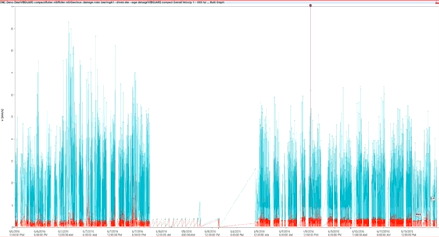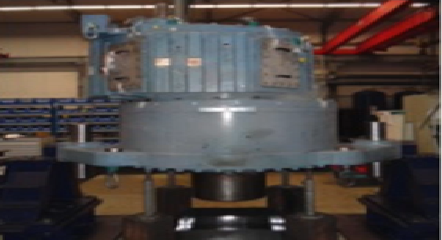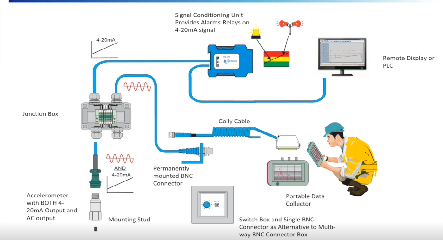It’s on all of the vibration fault charts, it’s taught in vibration classes, and it’s used for balancing – but how often is phase actually used by vibration analysts to confirm faults?
Using phase analysis to prove faults detected during an inspection can really help to verify issues on your machines. Phase, particularly cross-channel phase analysis, when applied correctly can do a lot to improve the effectiveness of a vibration program.
Cross-Channel Phase
Cross-Channel Phase is a function built into most modern vibration data collectors. Using two accelerometers on two channels we are able to take data simultaneously and compare the impact at running speed of one sensor compared to the other. The difference is shown in degrees, 0-360 representing the position of the shaft when impact occurs compared from one sensor to the other. Using this data we can determine how the machine train is moving, and therefore pin down many of the different faults associated with 1x and 2x vibration with great confidence.
I like to look at a few points depending on what I suspect the issue to be:
Misalignment
To use phase in determining the condition of alignment you need to do two tests. First, I check the vertical phase across the coupling, if this is 180 degrees out you know there is an offset misalignment condition that needs to be addressed. Next, take another axial reading making sure the sensors are both in the same direction — 180 degrees out of phase here indicates an angular misalignment condition.
Structural looseness
To find where the structural issue is, place and leave the reference sensor vertically on the top of the equipment you suspect to be loose. Next, take the second accelerometer and begin taking readings working your way down the base. You will find there will be a significant phase shift at the point where the issue needs to be addressed. All components that are tightly secured together will vibrate in phase and the loose component will be out of phase.
Mechanical looseness
The phase characteristic associated with internal clearance issues either on the bearing shaft or in the housing will be a constantly changing phase. With mechanical looseness, there is no consistency in when or how the impacts occur.
By using phase analysis techniques and knowing the characteristics of failure modes, you can confirm diagnosis on machines, and be confident in the recommended repairs.
Are you looking to utilize phase to confirm your machine faults? If so, then the Falcon portable Vibration Data Collector’s built-in cross-channel phase function will help you get there. To learn more about the Falcon, go to: https://acoem.us/solutions/falcon/







James,
These lessons are what’s missing in every one of your company’s competition. You are killing it!
Extremely helpful and informative.
Keep up the good work.
Your company’s sale will soar and rightfully so.
Thank you!
Rick Hamory
H.P. Motors, Inc.